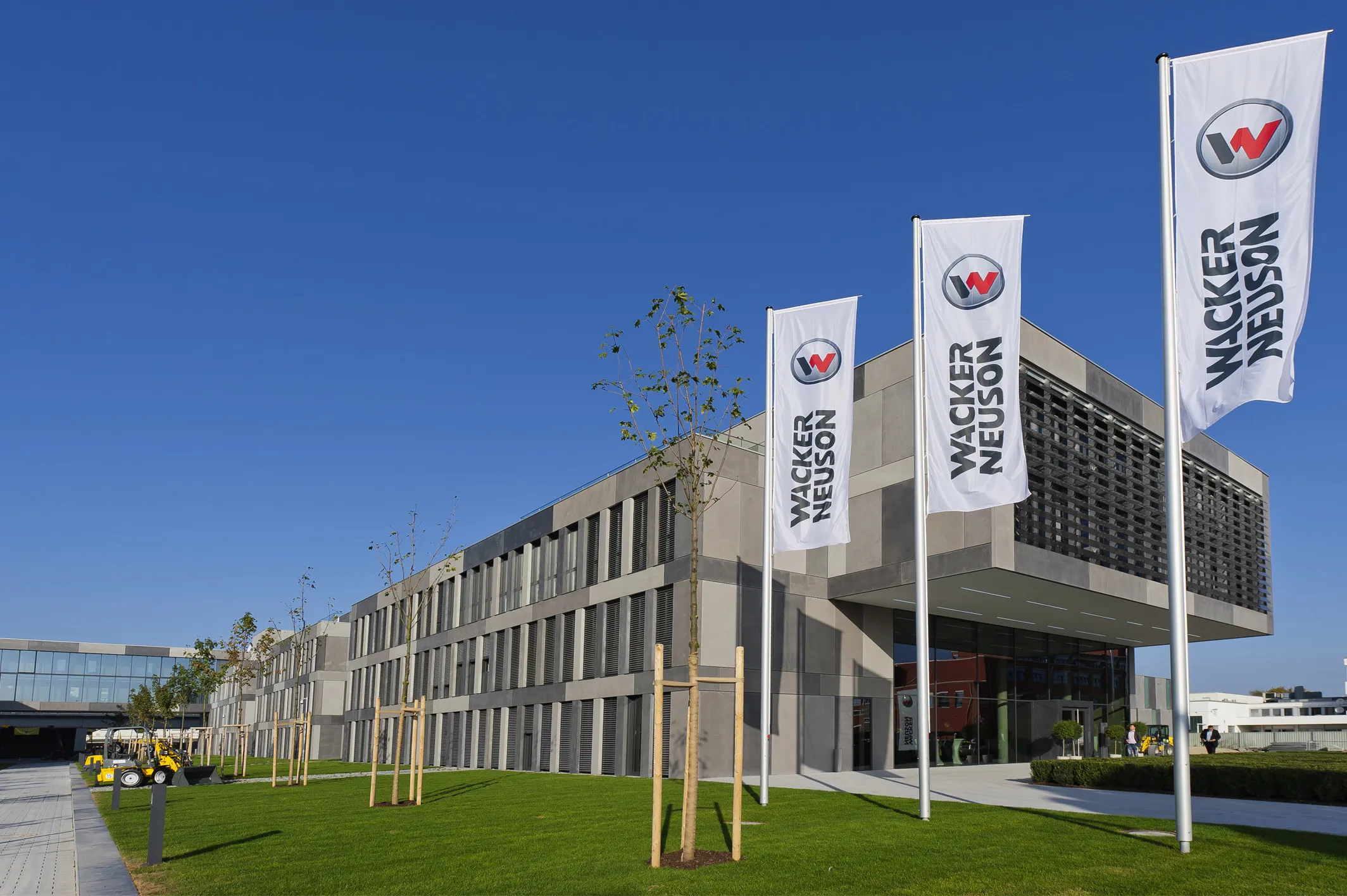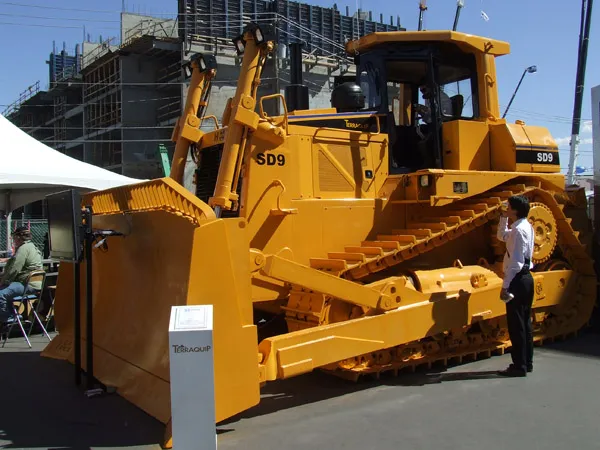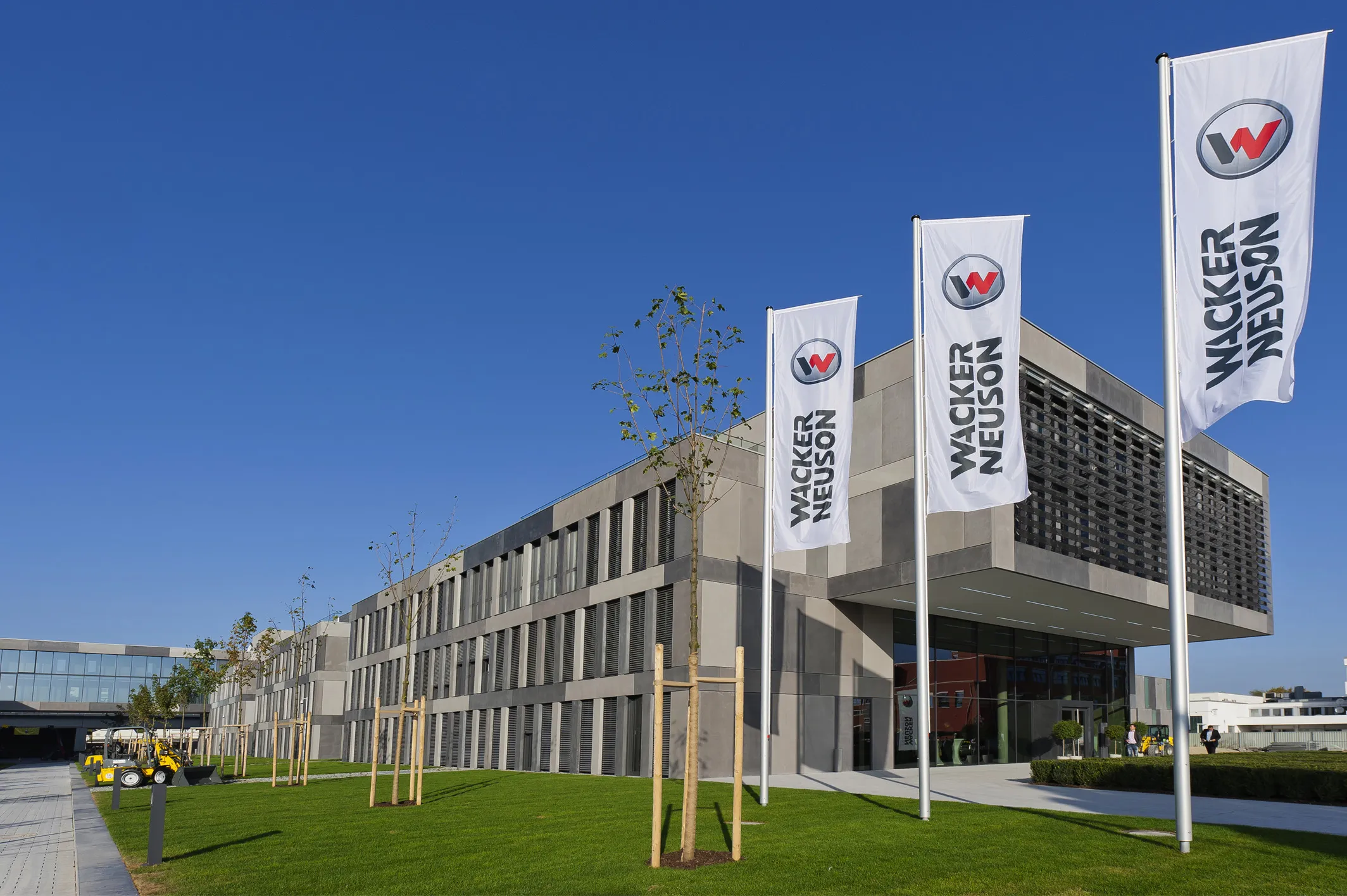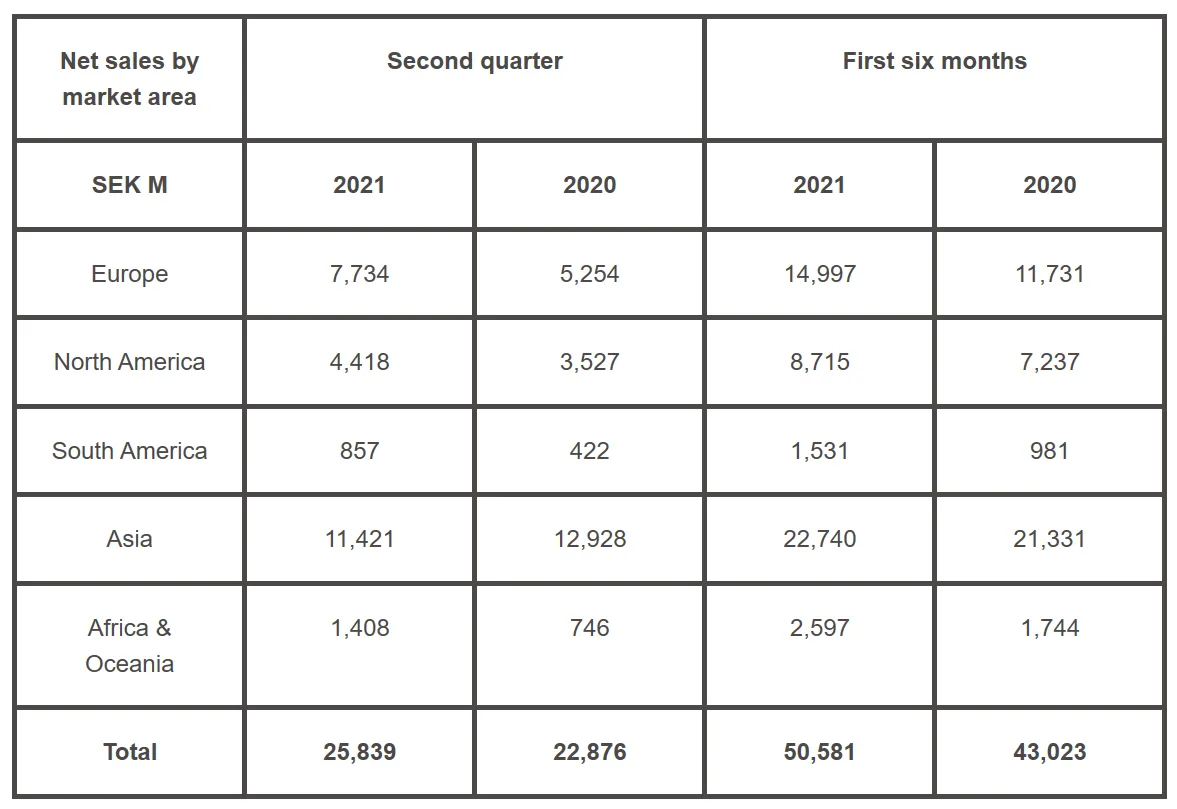No sooner had senior managers told a roomful of journalists that corporate restructuring is on track, news followed that Volvo Group’s chief executive had been replaced
Olof Persson fell from his perch following pressure from shareholders' dissatisfaction over the group’s weak financial performance in recent years. Volvo group plans to appoint Scania’s head Martin Lundstedt to the role staring in October.
Until then, Volvo Group’s chief financial officer Jan Gurander will be standing in. Lundstedt and G
June 8, 2015
Read time: 4 mins

No sooner had senior managers told a roomful of journalists that corporate restructuring is on track, news followed that Volvo Group’s chief executive had been replaced
Olof Persson fell from his perch following pressure from shareholders' dissatisfaction over the group’s weak financial performance in recent years.3970 Volvo group plans to appoint 759 Scania’s head Martin Lundstedt to the role staring in October.
Until then, Volvo Group’s chief financial officer Jan Gurander will be standing in. Lundstedt and Gurander previously worked together at Scania.
Starting in 2012, Volvo Group has cut jobs and realigned production, including products cut from the7659 Volvo Construction Equipment line-up. Truck brands have also been streamlined following a string of acquisitions some years ago. The cost-cutting programme has delivered some savings, but not enough, with the result that Persson is being replaced.
Persson previously worked at4010 ABB, AdTranz, 3992 Daimler-7129 Chrysler and Bombardier. His first role at Volvo Group was in 2006 as president of Volvo Aero. He moved to head Volvo Construction Equipment in 2008 and rose to the top in 2011.
The corporate coup came just after Volvo CE announced continued weakness in Asia leading to division sales falling by 5% year-on-year in Q1 2015.
Even an improvement in European and North American sales could not offset the loss of revenue. Sales in China were less than half what they were in the same period of 2014.
Sales slumped to almost €1.37 billion from €1.43 billion in Q1 2014. The operating margin retreated to 2.8%, down from 4.8% in the same period of the previous year.
Only hours before the results – and the later firing of Persson - were announced, Martin Weissburg, the current president of Volvo CE, stood before journalists in Paris describing the tough market conditions which likely will continue.
Volvo CE, like many manufacturers in the sector, he explained, is having to reposition their brand or add to it. The trend within the global construction market is for customers wanting machinery that costs less and will be capable of less rugged jobs where superior quality and durability of machines are not essential. In other words, customers need less expensive, non-premium machines.
“And we like this trend because we’re are a multi-brand design-develop manufacturer,” said Weissburg.
“Even within this premium [Volvo] brand, our company and the rest of the industry are repositioning certain products to be ‘high-value’ as opposed to ‘very high premium’.” SDLG, the number one exporter of Chinese construction wheeled loaders and excavators combined, is Volvo’s high-value brand.
Spearheading this repositioning for Volvo CE is its Chinese manufacturing subsidiary5316 SDLG. It is making inroads into the export market and could be destined to play a much more important role in the Swedish group’s global strategy.
“As we grow our export strategy there is an opportunity for SDLG to become an increasingly larger piece of our total revenue,” said Martin Weissburg, president of Volvo Construction Equipment.
SDLG - Shandong Lingong Construction Machinery - is a joint venture created in 2006 and 70% owned by Volvo CE. SDLG develops, manufactures and markets wheeled loaders, excavators, backhoe loaders and road rollers for its domestic market, China. SDLG products are low and medium-end equipment, which complements Volvo CE's strategy of selling its Volvo-brand high-end products with higher prices.
But more and more SDLG products are being exported to emerging markets, said Weissburg, who took up his post in January last year, moving from being president of Volvo Financial Services, the group’s customer finance company. He originally joined Volvo in 2005 as president of the financial services business in his native North America – he was born in the US state of Ohio.
Weissburg said Volvo is not reinventing the wheel for SDLG. He said SDLG’s export strategy is to piggyback onto Volvo’s global distribution network. ”We’ve taken Volvo Construction Equipment dealers and added SDLG products to their offering. That means shared back office, shared technical expertise and shared brand equity of the dealer in his or her local marketplace. This is working well for us, still in its early stages but accelerating more and more. This is our competitive advantage.”
Late last year Volvo exited three equipment sectors – milling machines, Volvo branded motor graders and Volvo backhoe loaders. They were no longer a good “financial and strategic fit” in Volvo’s product portfolio. Some money and manpower from those areas went into developing the SDLG brand, including export potential.
At the moment, the SDLG line-up doesn’t have Tier4 Final engines. “But wherever we sell, we would make the right compliance changes, he said. “We’re having good export success throughout South East Asia, some in India but not as strong generally, and good success in eastern Europe. Russia is a very strong market for us, although it’s down today. Africa we continue to make inroads and Latin America is also doing quite well.
Olof Persson fell from his perch following pressure from shareholders' dissatisfaction over the group’s weak financial performance in recent years.
Until then, Volvo Group’s chief financial officer Jan Gurander will be standing in. Lundstedt and Gurander previously worked together at Scania.
Starting in 2012, Volvo Group has cut jobs and realigned production, including products cut from the
Persson previously worked at
The corporate coup came just after Volvo CE announced continued weakness in Asia leading to division sales falling by 5% year-on-year in Q1 2015.
Even an improvement in European and North American sales could not offset the loss of revenue. Sales in China were less than half what they were in the same period of 2014.
Sales slumped to almost €1.37 billion from €1.43 billion in Q1 2014. The operating margin retreated to 2.8%, down from 4.8% in the same period of the previous year.
Only hours before the results – and the later firing of Persson - were announced, Martin Weissburg, the current president of Volvo CE, stood before journalists in Paris describing the tough market conditions which likely will continue.
Volvo CE, like many manufacturers in the sector, he explained, is having to reposition their brand or add to it. The trend within the global construction market is for customers wanting machinery that costs less and will be capable of less rugged jobs where superior quality and durability of machines are not essential. In other words, customers need less expensive, non-premium machines.
“And we like this trend because we’re are a multi-brand design-develop manufacturer,” said Weissburg.
“Even within this premium [Volvo] brand, our company and the rest of the industry are repositioning certain products to be ‘high-value’ as opposed to ‘very high premium’.” SDLG, the number one exporter of Chinese construction wheeled loaders and excavators combined, is Volvo’s high-value brand.
Spearheading this repositioning for Volvo CE is its Chinese manufacturing subsidiary
“As we grow our export strategy there is an opportunity for SDLG to become an increasingly larger piece of our total revenue,” said Martin Weissburg, president of Volvo Construction Equipment.
SDLG - Shandong Lingong Construction Machinery - is a joint venture created in 2006 and 70% owned by Volvo CE. SDLG develops, manufactures and markets wheeled loaders, excavators, backhoe loaders and road rollers for its domestic market, China. SDLG products are low and medium-end equipment, which complements Volvo CE's strategy of selling its Volvo-brand high-end products with higher prices.
But more and more SDLG products are being exported to emerging markets, said Weissburg, who took up his post in January last year, moving from being president of Volvo Financial Services, the group’s customer finance company. He originally joined Volvo in 2005 as president of the financial services business in his native North America – he was born in the US state of Ohio.
Weissburg said Volvo is not reinventing the wheel for SDLG. He said SDLG’s export strategy is to piggyback onto Volvo’s global distribution network. ”We’ve taken Volvo Construction Equipment dealers and added SDLG products to their offering. That means shared back office, shared technical expertise and shared brand equity of the dealer in his or her local marketplace. This is working well for us, still in its early stages but accelerating more and more. This is our competitive advantage.”
Late last year Volvo exited three equipment sectors – milling machines, Volvo branded motor graders and Volvo backhoe loaders. They were no longer a good “financial and strategic fit” in Volvo’s product portfolio. Some money and manpower from those areas went into developing the SDLG brand, including export potential.
At the moment, the SDLG line-up doesn’t have Tier4 Final engines. “But wherever we sell, we would make the right compliance changes, he said. “We’re having good export success throughout South East Asia, some in India but not as strong generally, and good success in eastern Europe. Russia is a very strong market for us, although it’s down today. Africa we continue to make inroads and Latin America is also doing quite well.









